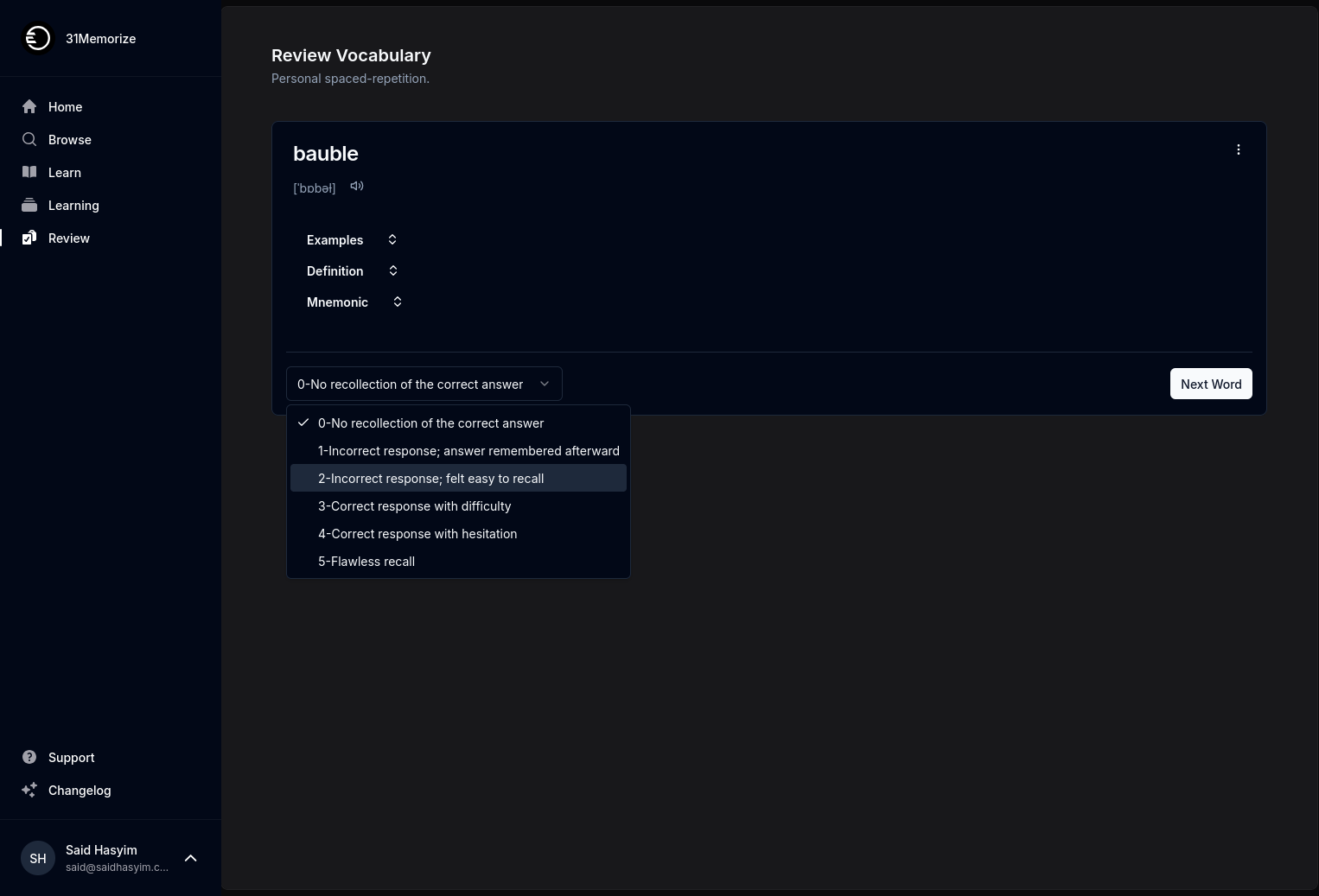The Role of Metrics in Modern Book Publishing
In the dynamic world of book publishing, the landscape has evolved dramatically over the last couple of decades. Traditional gatekeepers—publishers, agents, and bookstores—once played a dominant role in shaping what readers could access. However, the advent of digital publishing, self-publishing platforms, and social media has democratized this landscape, allowing authors to reach audiences directly. In this new environment, metrics play an increasingly vital role in guiding decisions, measuring success, and optimizing processes.
Understanding Metrics
What are Metrics?
Metrics are quantifiable measures that help assess various aspects of a business or project. In the context of book publishing, they can include sales figures, reader engagement statistics, marketing performance, and more. These metrics enable publishers, authors, and marketers to make data-driven decisions, fostering a better understanding of what works and what doesn’t.
Key Metrics in Book Publishing
Here are some of the most important metrics that modern book publishers utilize:
1. Sales Data
Sales data remains the cornerstone of evaluating a book's success. Key metrics to watch include:
Units Sold: This indicates the total number of books sold over a specific timeframe. Monitoring this can help identify trends and assess the effectiveness of marketing campaigns.
Revenue: The income generated from book sales provides insight into profitability. Understanding revenue can help publishers make informed decisions about pricing strategies and future projects.
Sales Ranking: Platforms like Amazon provide sales rankings that can signal a book’s popularity. While not always comprehensive, these rankings can influence consumer behavior and drive additional sales.
2. Readership Engagement
Understanding how readers interact with a book is crucial for authors and publishers:
Read-through Rate: This metric indicates the percentage of readers who finish a book. A high read-through rate suggests that a book resonates with its audience, while a low rate may highlight issues with pacing or content.
Reviews and Ratings: The number and quality of reviews can significantly impact a book's visibility. Analyzing the feedback can help publishers refine future projects and marketing strategies.
Social Media Engagement: Metrics such as likes, shares, and comments can gauge how well an audience connects with content related to specific books. Social media presence has become an essential part of book marketing.
3. Marketing Performance
Understanding the effectiveness of marketing efforts through metrics is essential for driving book sales:
Cost per Acquisition (CPA): This metric calculates the cost of acquiring a new reader through marketing efforts. A lower CPA indicates a successful campaign, enabling publishers to allocate resources effectively.
Conversion Rate: This measures the percentage of visitors who become buyers. A high conversion rate suggests that marketing strategies and sales pitches resonate with potential customers.
Click-Through Rate (CTR): This indicates how often people click on links in email campaigns or advertisements. Monitoring CTR can help publishers refine their marketing messages.
Using Metrics in Decision-Making
1. Targeting the Right Audience
One of the keys to successful book marketing is knowing your audience. Metrics allow publishers to analyze demographic data and reader preferences, enabling targeted marketing efforts. By understanding who the readers are and what they like, publishers can tailor their campaigns to meet those specific interests, ultimately leading to higher conversions.
2. Forecasting Trends
With the wealth of data now available, publishers can identify trends and shifts in reading habits. For instance, certain genres may see a rise in popularity, or specific formats (eBooks vs. print) may become more favorable. By analyzing historical sales data and current market trends, publishers can make informed predictions about future publishing opportunities.
3. Optimizing Content
Metrics provide invaluable feedback that can be used to optimize both existing content and future projects. For example, if an author sees a drop-off in readership at a particular chapter, it can prompt revisions or improvements in pacing and character development. By responding to data, writers can elevate their work, ultimately enhancing reader satisfaction.
4. Pricing Strategies
Pricing remains one of the most critical factors affecting book sales. By utilizing sales metrics, publishers can experiment with different pricing models (e.g., discounts, bundle offers) to find the sweet spot that maximizes both sales volume and revenue. A/B testing can also be employed, where two versions of pricing are tested to see which performs better.
The Future of Metrics in Book Publishing
As the landscape of book publishing continues to evolve, so will the role of metrics. The integration of artificial intelligence and machine learning can provide even deeper insights into reader behaviors, preferences, and trends. Publishers may soon employ predictive analytics to anticipate reader needs and craft tailored marketing strategies before trends fully emerge.
Moreover, the rise of blockchain technology could revolutionize how sales and royalties are tracked. By providing a transparent, verifiable way to record transactions, authors and publishers could gain greater confidence in their data, leading to fairer and more insightful analytics.
Conclusion
The role of metrics in modern book publishing cannot be overstated. They are critical tools that inform almost every aspect of the publishing process—from marketing and sales strategies to content creation and audience engagement. As technology advances, the ability to harness these metrics will only grow stronger, enabling authors and publishers to navigate the ever-changing literary landscape more effectively.
For writers and publishers, embracing a metrics-driven approach will be crucial for thriving in the competitive world of book publishing. By staying informed, adapting to changes, and continuously analyzing data, authors and publishers can ensure their stories reach and resonate with those who matter most—the readers.
